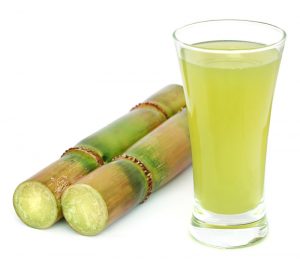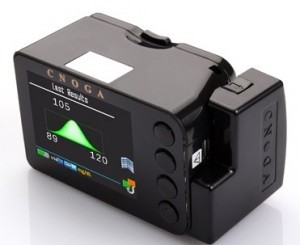Alcohol and Diabetes
Is alcohol and diabetes a good combination? If you have diabetes, you probably know the impact of different foods on your blood sugar levels. How does alcohol influence glucose readings, and can diabetics consume alcoholic beverages safely? What is the best alcohol for diabetics? Diabetics can incorporate alcoholic beverages in their diet in a safe and responsible way. However, it is essential to always keep in mind that consumption of alcohol should always be done with food. This is mainly because alcohol increases the risk for low blood sugar especially in diabetics. Therefore, it is safety to consume alcoholic beverages either with meals that include carbohydrates such as starch or snacks such as crackers.
Here is what you should know about Alcohol and Diabetes
-
What happens if you Mix Alcohol and Diabetes Medications?
Alcohol causes blood sugar levels to fall or rise depending on the amount you consume. On the other hand, diabetes medication such as meglitinides or suldonylureas also lower blood sugar levels by stimulating production of more insulin by the pancreas. Combining alcohol with the blood glucose lowering effects of diabetes medication can lead to insulin shock of hypoglycemia which are medical emergencies.
- Alcohol impairs liver function
The liver must work to remove alcohol from your blood instead of regulating the blood sugar level. Therefore, it is vital to avoid drinking alcohol when your blood sugar level is already low. Be sure to test your blood sugar level before consuming alcohol.
- Avoid drinking alcoholic beverages on an empty stomach
One of the main benefits of consuming alcohol with food is because food slows down the absorption rate of alcohol into your bloodstream. When drinking alcohol, you should always eat a snack or meal containing carbohydrates.
- Can Alcohol cause Hypoglycemia?
Alcohol can cause a drastic drop in your blood glucose level within a few minutes of consumption and up to 12 to 14 hours afterwards. You should always check your blood sugar level after consuming alcohol to make sure it is still within the safe zone.
- Drink slowly
It takes about 2 hours for the liver of someone who weighs 150 pounds to break down just a single alcoholic drink. When you drink too much alcohol too fast, you may feel disoriented, dizzy, and sleepy. Always wear a bracelet that will let people know that you are diabetic, so in case you are intoxicated, they know that these symptoms could also be as a result of hypoglycemia. People who are hypoglycemic need glucose or food in order to raise their blood sugar levels.
-
Diabetes and Alcohol – It is Essential to Know your Limit.
Your physician will tell you the amount of alcohol that you can consume safely depending on your medication and health condition. It is essential to understand that sometimes this may mean keeping off alcohol completely. In most cases, men with diabetes should have no more than two drinks. Women may have no more than one alcoholic drink. Drinking alcoholic beverages slowly and understanding your limit can save your life.
Diabetics should be cautious especially when consuming alcohol because it can make some diabetes complications, even worse. Therefore, it is essential to consult with your doctor, so that they may prescribe the best diabetes medications for you – especially if you are combining alcohol and diabetes.







 Always choose foods that have a low glycemic load when making your selections, avoid all animal products, keep the consumption of vegetable oils to a minimum, and choose foods that come from natural plant sources.
Always choose foods that have a low glycemic load when making your selections, avoid all animal products, keep the consumption of vegetable oils to a minimum, and choose foods that come from natural plant sources.



 The Symphony tCGM biosensor that monitors blood glucose levels continuously using a thersdermal sensor was developed by Eco Therapeutics.
The Symphony tCGM biosensor that monitors blood glucose levels continuously using a thersdermal sensor was developed by Eco Therapeutics. Orsense monitors the users’ Blood glucose level using the spectOLight Occlusion Spectroscopy Technology. This
Orsense monitors the users’ Blood glucose level using the spectOLight Occlusion Spectroscopy Technology. This  Cnoga medical, a start up in Israel, has developed a bloodless glucose monitor that uses optical sensors to track changes in skin color instead of taking a physical blood sample by pricking the skin.
Cnoga medical, a start up in Israel, has developed a bloodless glucose monitor that uses optical sensors to track changes in skin color instead of taking a physical blood sample by pricking the skin.
